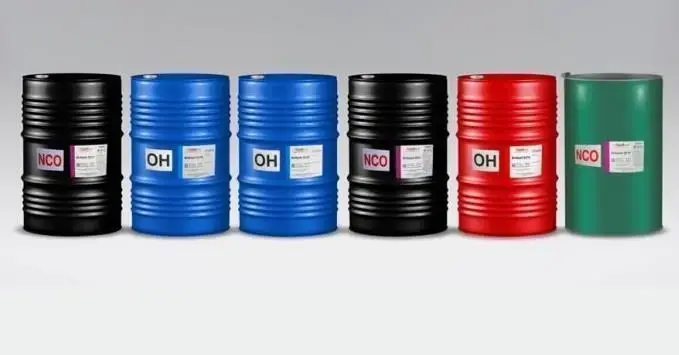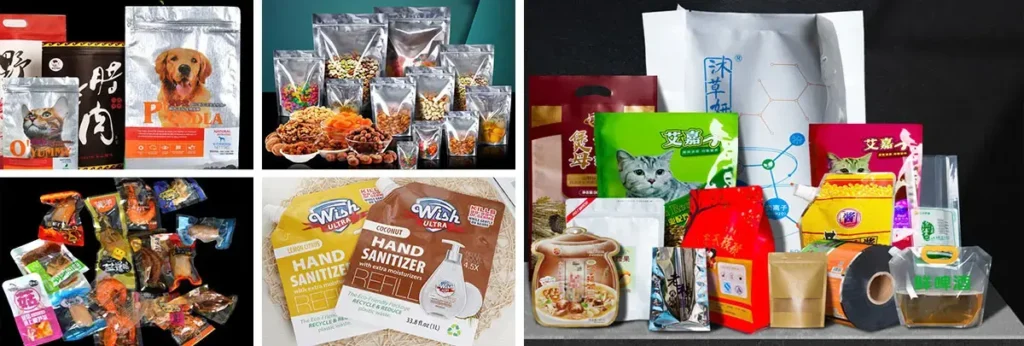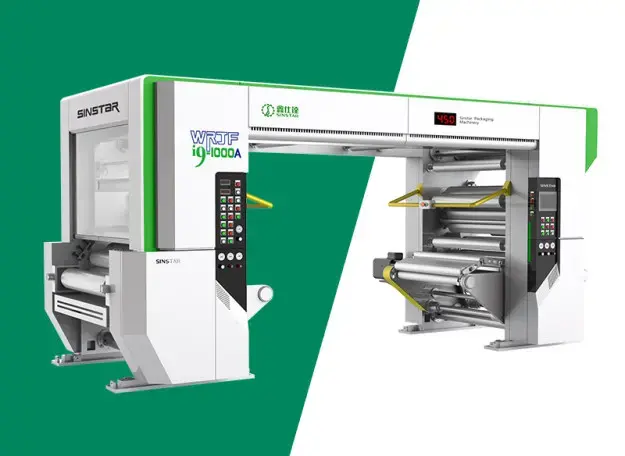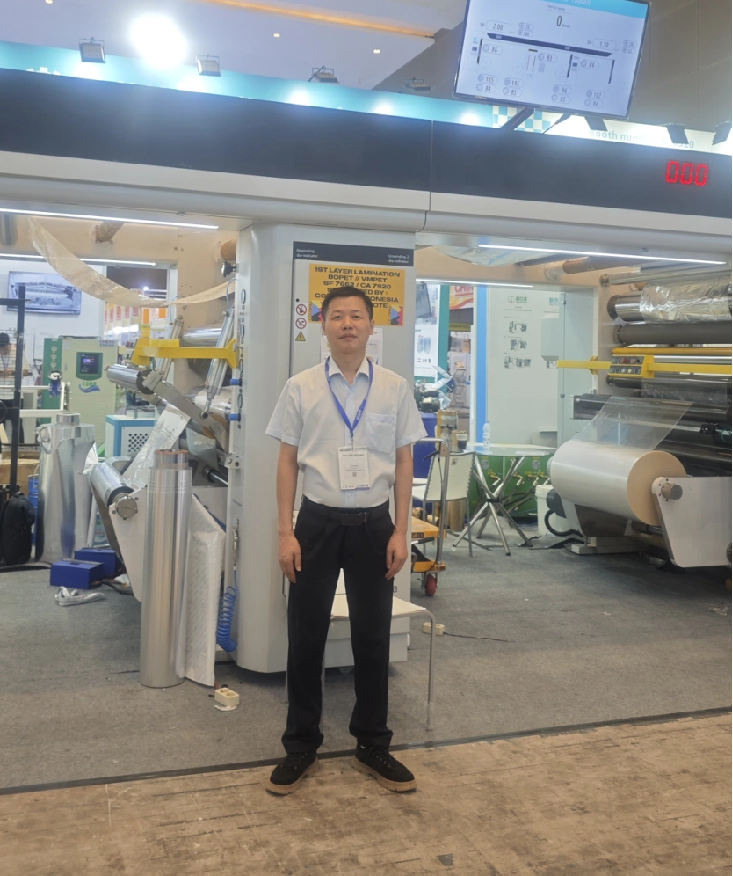Why Select Solventless Adhesives And How To Use And Store
Solventless adhesive adopts a solvent-free adhesive composite film to reduce energy consumption and comprehensive production costs, improving productivity and quality.

Why Select Solventless Adhesive Replacing Solvent Based Adhesive
The solventless adhesive is a viscous material and two separate materials are connected together by means of its viscosity, a viscous liquid shape at normal temperatures, such as an epoxy resin. It is one of the most important auxiliary materials. Due to the solvent-free, it is beneficial to protecting the environment and cleaning products, is extremely widely applied in the flexible packaging industry.
Solvent-free adhesives are commonly used in solventless composite processes, which is of great significance for promoting and adopting solvent-free composite technology. It can solve the problems of different composite structural materials in a flexible packaging company. Frequent cleaning mixers and solventless machine can save time, improving production efficiency, and more importantly, saving the labor force of cleaning equipment, and further reducing the solvent quantity of cleaning equipment, more beneficial to reduce VOCs.

Analysis Of The Problems During Using Solventless Adhesive
1. Flying gel phenomenon
In solventless composite equipment, the gluing unit will find flocculation around the exhaust port, which is caused by fly ash when the solvent-free adhesive is used. The solventless adhesive has high viscosity. During high-speed production, the adhesive is sucked into the air and adheres to the surface of the device during exhaust. By increasing the exhaust volume, the adhesion of the fly ash on the device surface can be reduced, and the frequency of the cleaning vents can be increased to maintain the stable exhaust volume.
2.Influence on the friction coefficient of the slip agent
The use of a solventless adhesive can affect the friction coefficient of the inner layer containing the slip agent, the thinner the inner layer, the more obvious effect, the higher the curing temperature, the longer the time, the more significant effects of the curing process and the inner layer formulation. It is effective to properly reduce the amount of adhesive or choosing the adhesive which little effect on the slide agent.
3. Solubility
During solventless compounding, the adhesive sometimes dissolves the ink. It is necessary to verify the work before mass production, stabilization process and avoid free replacement of ink and solventless binders. Further, by adjusting the solventless composite process, the solvent-free complex is first cured for 2 hours at room temperature and then curing in the curing chamber to alleviate the problem of ink dissolution.
4. Adhesive cannot be completely cured or dried
The main agent and curing agent of two-component solvent-free adhesive are mixed in a certain proportion. If the mixing is uneven, an intermittent problem occurs. If the ratio is wrong, the glue does not dry. It is very sticky. In order to prevent unevenness mixing, in addition to controlling the instability of manual rubber, using the glue mixer, it is also necessary to regularly inspect the equipment status.
5. Bubble Failed
Bubble problems are also commonly occurred in solventless compounding. The so-called bubble means that the two films are not fully adhered, and there is a gas between the composite film and the substrate. When composite the aluminum foil, a small white point is generated. As long as the two layers are not completely adhered and the transparency is different, there will be bubble phenomena.
Insufficient glue will increase the bubbles caused by uneven coating, which can be solved by applying an appropriate amount of glue. The bubbles caused by high ambient humidity, are CO2 which is formed by the NCO in the binder and the water in the air. The problem will be solved by appropriate control of the humidity in the composite environment and keep the relative humidity is 70% or less. If the curing is not suitable, the secondary flowing of the adhesive can also cause bubbles, which can be solved by appropriately increasing the curing temperature.

Matters Needing Attention For Storing Solventless Adhesive
1. The epoxy resin binder should be stored in ventilation, the dry, cool environment at room temperature and the time limitation is half a year to one year.
2. The storing temperature of the urea-formaldehyde resin adhesive should be as low as possible. If a 5% methanol is added, the storage stability will be increased.
3. The container of the chloroprene rubber binder should have good sealing, storing at room temperature ranging from 5°C – 30°C, away from the fire. The storage period is from three to six months.
4. A-cyanoacrylate adhesive should be stored in a place of sealing, low temperature, dryness, no light, shay and cool and storage life is one year. The glass bottle will have a longer storage period than the plastic bottle.
5. Anaerobic adhesive should be stored in a place of cool and no light, the storage period for half a year and the material of the container should be polyethylene, iron container not allowed, not full, to avoid isolating from the air, causing deterioration and failure.
6. The SGA adhesive should be sealed and the two sets should be isolated, placed in a cool, ventilated, low temperature, dry environment. The storage period is half a year to one year.
7. Inorganic adhesives should be sealed for storing, to prevent moisture.
Summary
The application of a solventless adhesive has unique advantages of high efficiency, environmental friendly and low cost. It will gradually substitute dry composite applied in the solventless composite. The article gives an analysis of the problems during using the solvent-free adhesive, providing the methods to solve them and how to store the solventless adhesives, preventing deterioration and losing effectiveness.



